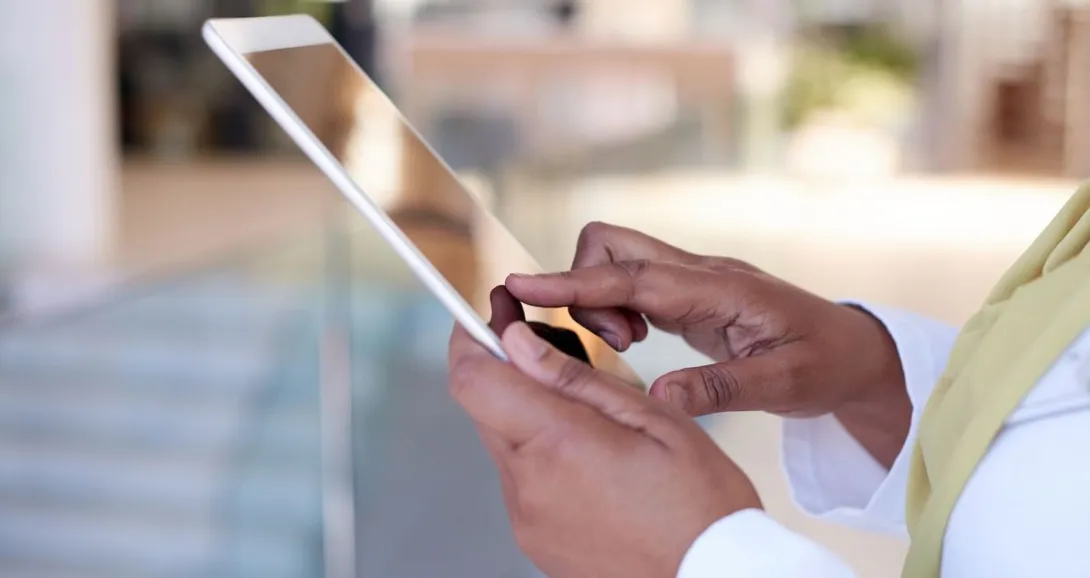GE has announced an initiative for developing wireless medical monitoring systems, or body-sensor networks (BSN). The new systems would replace the tangle of bedside cables used to capture a patient's vital signs.
As GE sees it, the systems would enable wireless monitoring from anywhere in the hospital - or even remotely from home. GE executives say it the switch would represent an important step forward in revolutionizing the way patients are monitored in the future,
GE Healthcare, in conjunction with GE's Global Research Center, is now developing body-sensor networks that consist of sensor devices that collect critical patient-specific information, including temperature, pulse-oximetry, blood glucose levels, electrocardiogram readings, blood pressure levels and respiratory function.
This real-time patient information can be collected and transmitted to doctors and nurses to enable efficient patient monitoring from any location. Improved clinical decision support systems ensure healthcare providers have the most current patient information as they evaluate treatment options, GE executives said.
The FCC recently issued a notice of proposed rulemaking, acting upon GE Healthcare's petition to establish a new, vendor-neutral dedicated radio frequency band for low-power, short-range, wireless patient monitoring devices. This petition requested creation of a new Medical Body Area Network Service (MBANS), to support wireless sensors that monitor a patient's health state, linked together in body sensor networks.
"GE Healthcare applauds the FCC's NPRM proposing to create a dedicated radio frequency band that will help remove a major obstacle to the adoption of wireless medical Body Sensor Networks," said Munesh Makhija, general manager of GE Healthcare Systems and Wireless. "We will continue to collaborate with industry, the FCC and other regulatory agencies to ensure the proper allocation of spectrum enabling next generation wireless monitoring devices. By replacing burdensome bedside-monitoring cables, BSNs could enable critical-care patients to move around freely, which studies suggest is essential to efficient recovery."
"I strongly support the allocation of wireless spectrum for medical body sensor networks," said Nathaniel Sims, physician at Mass General Hospital, assistant professor of anesthesia at Harvard Medical School and physician adviser, Biomedical Engineering at Partners Healthcare. "By eliminating restrictive clinical cables, body sensor networks represent a logical evolution in patient monitoring. This technology affirms my commitment to flexible, transportable monitoring systems. Body-worn sensors could free patients from the limitations of stationary bedside monitors, improving quality of care."


